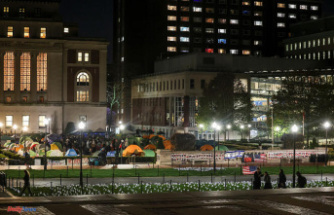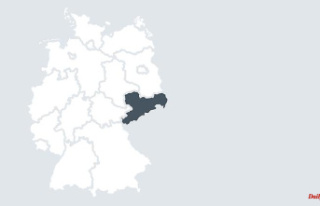The wayside shrines on the processional path between Münster and Telgte are more than 350 years old. Praying people have not passed there for a long time, but a large part of the way remains protected. This is also due to the many linden trees along the way.
Münster (dpa / lnw) - On the historic procession path between Münster and Telgte, the federal highway 51 that runs there must not be expanded to four lanes over a length of around one kilometer because this would violate monument protection. This was decided by the Münster Administrative Court on Thursday.
The main question was whether an entire road stretch 1260 meters long is listed as a monument. The preservationists had affirmed this in the process and, above all, pointed out that the three double shrines for Marian worship on the former processional path, which Prince Bishop Christoph Bernhard von Galen had had built in 1666, were already protected. The fact that no processions pass by there today is irrelevant. According to the preservationists, the route is also of particular importance for the city of Telgte as a supra-regional trade and route connection from the direction of Münster.
The road construction authority had objected: there was no public interest in maintaining and using the path, she had argued. An entire street route is not listed.
The court mainly sided with the monument protection authorities: Not only were the procession shrines around a kilometer long, but linden trees had been planted on both sides. They would have created an avenue-like overall situation - a "man-made part of the landscape". This ensemble is worth protecting. Only on the last 200 to 300 meters of the path in the center of Telgte are the traces of the procession path no longer visible. The court found that there was no monument protection there.
The point victory of the preservationists can also be seen in the cost decision: the road construction authority has to bear three-fifths of the costs of the procedure, two-fifths the preservation of monuments.












